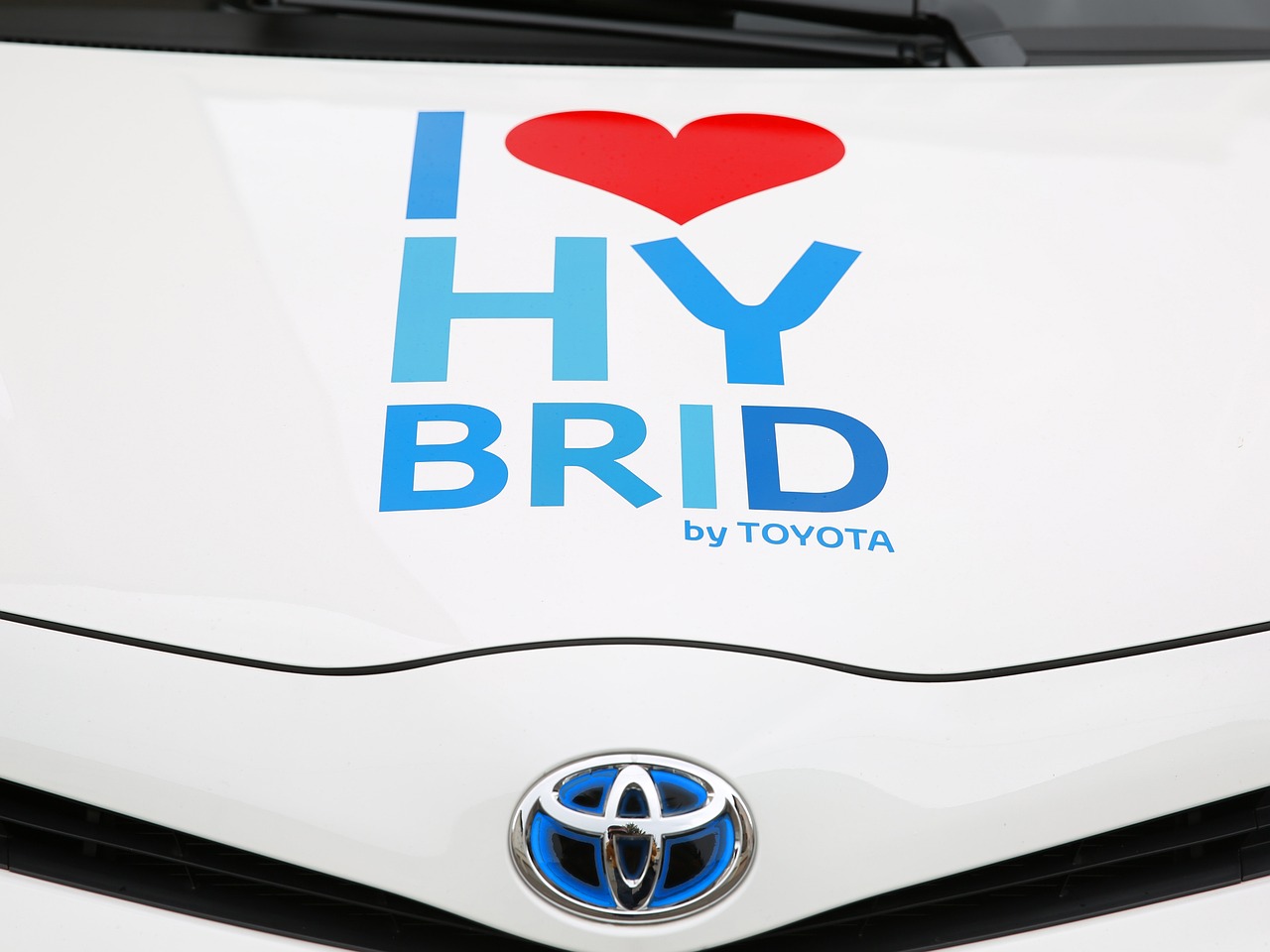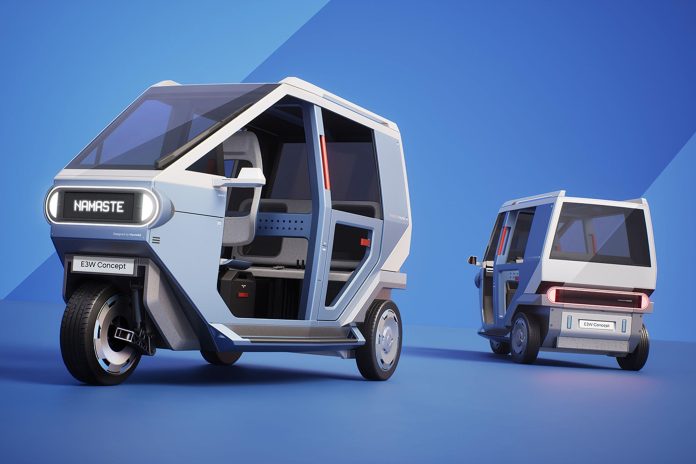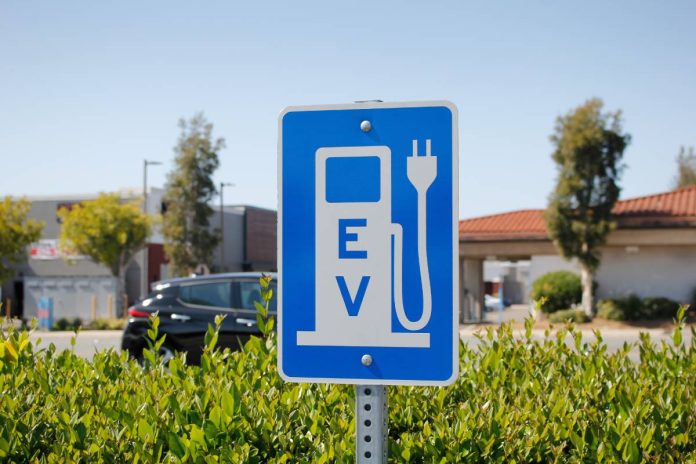The European Union’s love affair with electric vehicles is undeniable. In 2023, nearly half of all new passenger cars registered across the bloc were electrified – a remarkable feat considering just a few years ago, diesel reigned supreme. This electric revolution is fueled by environmental concerns, government incentives, and a growing awareness of the benefits of clean transportation.
But beneath the surge of optimism, whispers of caution and concern linger. While November 2023 saw overall car registrations rise by 6.7% compared to the previous year, the electric vehicle (EV) sector itself grew at a slower pace, raising questions about the sustainability of this rapid rise.
Let’s delve deeper into this complex picture:
The Rise of the Electric: Halfway and Counting
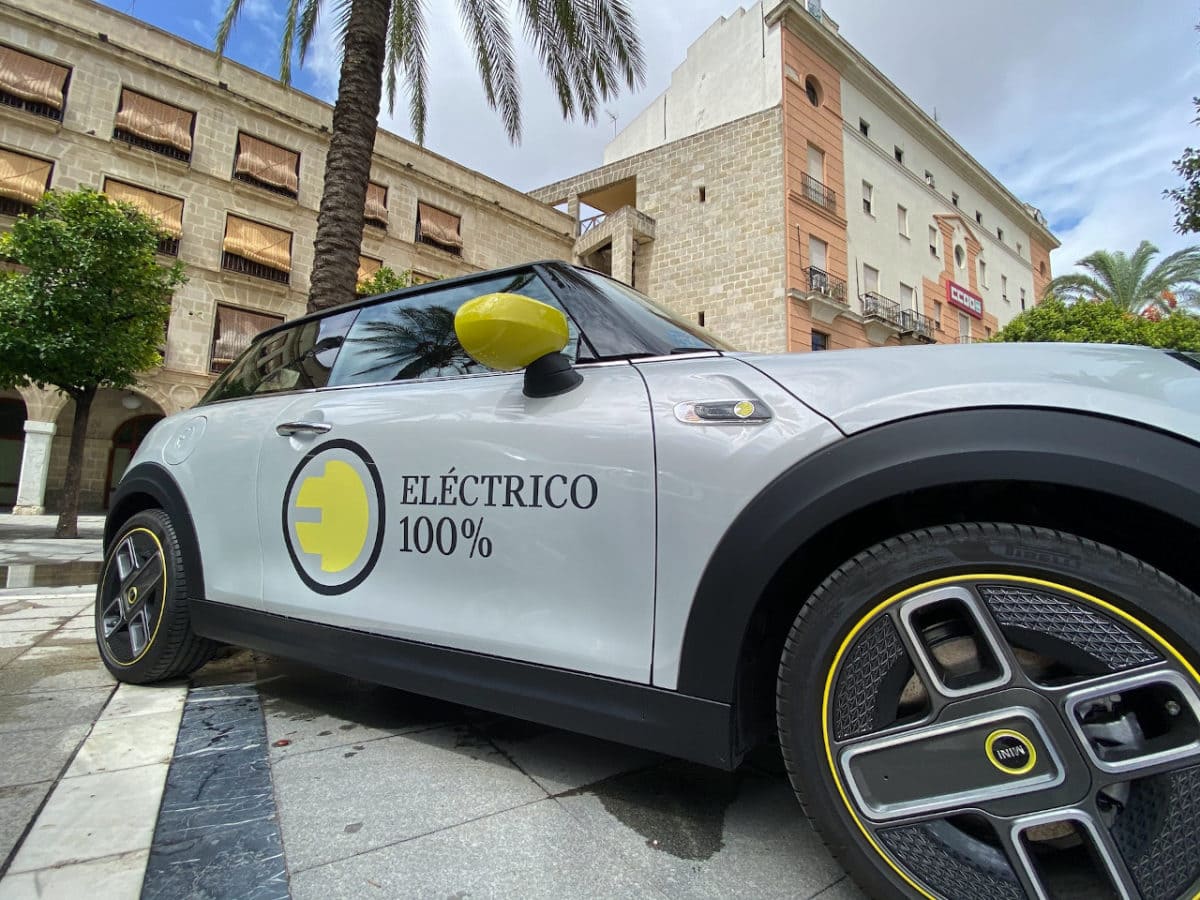
As of November 2023, electrified vehicles accounted for a staggering 47.6% of all new car registrations in the EU. This includes fully electric models, plug-in hybrids, and full hybrids – a significant jump from the 43% recorded in the same period last year.
The data, released by the European Automobile Manufacturers Association (ACEA), reveals a remarkable 13.3% year-on-year increase in electric vehicle registrations. Petrol cars managed a modest 4.2% growth, while diesel cars continued their decline, falling by 10.3%.
Within the electrified category, hybrid-electric vehicles (HEVs) continue to take the lead, with registrations surging 28.7% compared to 2022. Plug-in hybrids (PHEVs), on the other hand, experienced a 22.1% decline, suggesting a cooling interest in their less electric-intensive technology.
This preference for HEVs is particularly visible in major markets like Germany, France, and Italy, where they account for over 60% of all electrified vehicles.
This surge is driven by a multitude of factors:
- Environmental concerns: The EU has ambitious climate goals, and EVs are a key part of the solution. Consumers increasingly prioritize vehicles with low emissions and a smaller environmental footprint.
- Government incentives: Many EU member states offer generous financial incentives for EV purchases, making them more attractive and affordable.
- Expanding EV infrastructure: With more charging stations and infrastructure being built across the continent, range anxiety is becoming less of a concern for EV drivers.
However, the picture isn’t entirely rosy.
Despite the impressive growth, some analysts and car manufacturers have expressed concern about a potential plateau in EV demand. Volkswagen, the EU’s largest automaker, reported slower-than-expected growth, and luxury carmaker Mercedes-Benz warned of a “brutal” market with intense competition and supply chain issues.
Challenges on the Horizon
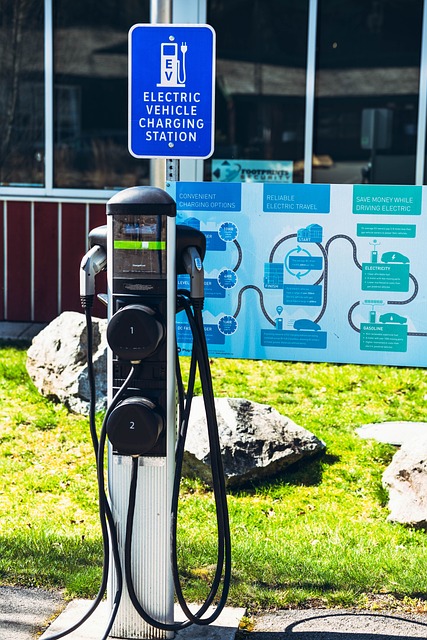
Several factors could hinder the EU’s EV ambitions:
- China’s dominance: The Chinese battery and EV supply chain holds significant power, making the EU vulnerable to disruptions and price fluctuations.
- Lack of a robust EU industrial strategy: The ACEA has called for a more comprehensive EU strategy to support its EV sector and foster domestic innovation and production.
- Affordability: While incentives help, EVs still tend to be more expensive than their gasoline counterparts, creating a barrier for some consumers.
- Charging infrastructure: While improving, the EU still needs a denser and more reliable network of charging stations, especially in rural areas.
The Road Ahead: Electrifying the Future
Despite the challenges, the EU’s EV revolution has incredible momentum. To maintain this progress, several key steps are crucial:
- Investing in battery production and recycling: Fostering domestic battery production and recycling will reduce reliance on China and create valuable green jobs.
- Strengthening the EU industrial strategy: A comprehensive plan must incentivize research, development, and manufacturing of EVs and related technologies within the EU.
- Making EVs more affordable: Continued government incentives, coupled with technological advancements and economies of scale, can bring down EV prices and attract a wider range of consumers.
- Expanding and diversifying charging infrastructure: Public and private investment is needed to build a robust network of charging stations, including fast charging options and stations in underserved areas.
The EU’s electric vehicle surge is a testament to the bloc’s commitment to a cleaner future.
However, navigating the challenges ahead requires strategic action, international collaboration, and a relentless focus on innovation and affordability. By addressing these issues head-on, the EU can solidify its position as a global leader in the electric car revolution and pave the way for a truly sustainable transportation future.
